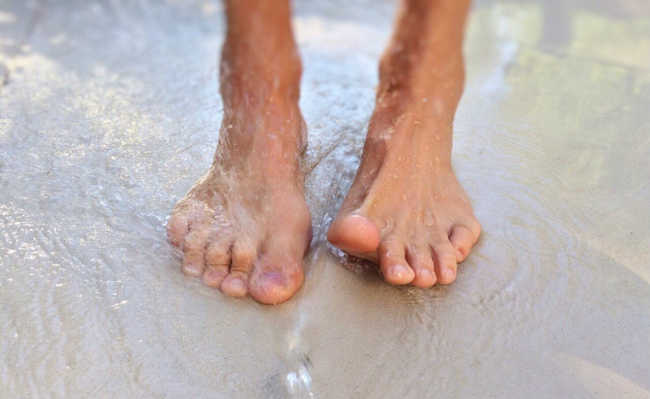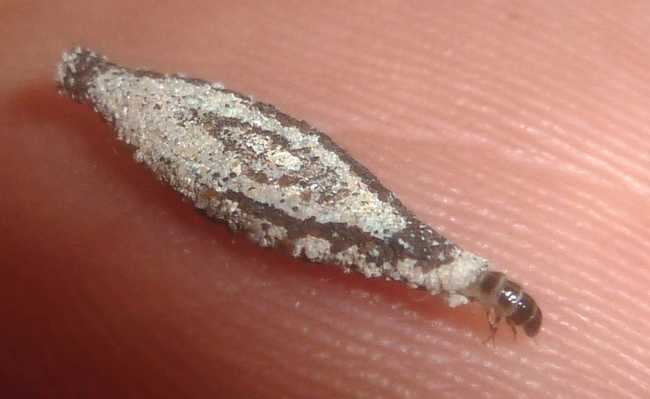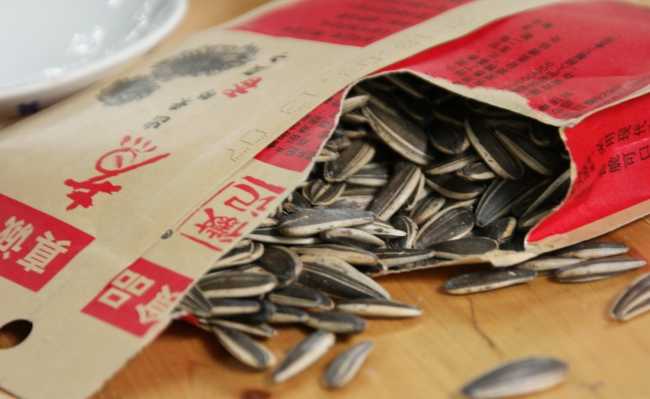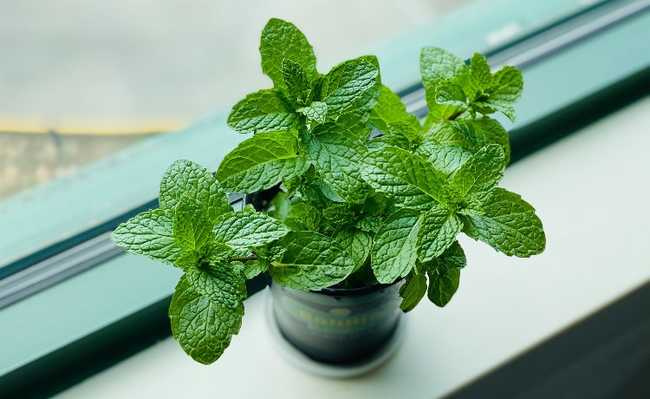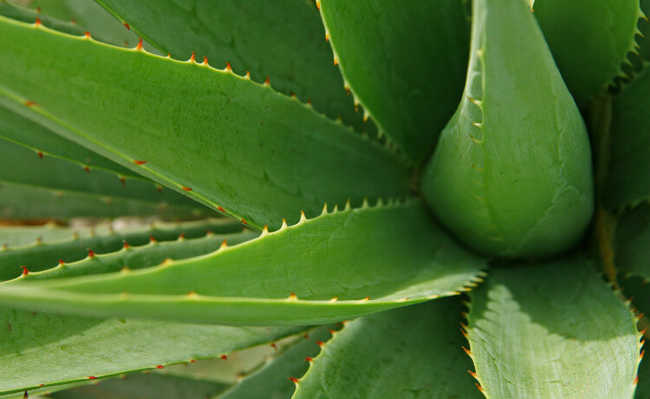How do they work and what are the alternatives to detergents?
Understand more about detergent, its manufacture, its specificities, its impacts and alternatives

Currently, we use several products to get rid of dirt and one of the most common is detergent. Ever wonder how it's manufactured and how it works?
But first, let's take a look at how soaps, including detergent, work. All of them have substances called surfactants, which reduce the tension formed between two liquids.
Detergent is used for cleaning, as it can interact with both polar substances (water) and non-polar substances (dirt). Thus, the formation of micelles occurs, which are droplets of fat trapped by detergent molecules. This process of micelle formation is called emulsification. Thus, elements such as water and oil lose their ability to remain separate. No wonder we usually use the product for cleaning in general. Now, let's get more specific about it. After all, what are detergents?
Detergent
Like soaps, synthetic detergents are substances made up of long carbon chains (nonpolar) with a polar group at one of their ends. Like soap, detergent is a surfactant - those that give it these properties are usually the salts of sulfonic acids. Currently, there are many other types of detergents with different structures, but which invariably have a long non-polar chain and a polar end.
In the case of detergent, synthetic surfactants come from petroleum and may or may not be biodegradable, however, in Brazil, due to legislative determination, all detergents sold must contain biodegradable surfactant, since 1982, in accordance with the requirements of the National Surveillance Agency Sanitary (ANVISA).
For greater cleaning power of the detergent, sequestering and chelating agents are added. These compounds remove calcium and magnesium ions that are present in water and that can reduce the detergent's action. If the detergent did not have these compounds, the surfactant would react with excess magnesium and calcium ions, forming an insoluble salt. In this way, they would prevent a good wash.
You can use several types of substances for this purpose, such as phosphates, for example. These compounds, despite increasing efficiency, lowering the cost of the final product and being non-toxic, are, among the additives used in the manufacture of soaps and detergents, the ones that cause the greatest problems to the environment. Phosphates act in water sources, favoring the excessive proliferation of algae, which cause water eutrophication. However, under strong pressure from environmentalists, concerned with the consequences caused by the indiscriminate use of this substance, the first laws that restricted the addition of phosphates in detergents appeared in several regions of the world.
In Brazil, aiming at reducing and possibly eliminating the use of phosphate in detergents, the National Council for the Environment created CONAMA resolution 359/05, which provides for the regulation of phosphorus content in detergents for use in the domestic market - established that the maximum phosphorus limit should be 4.80%.
Other substances present in small concentrations are fragrances, dyes and thickeners. These compounds have the function of making the product more attractive to the consumer, giving different colors and aromas. However, these substances can pose a health risk, such as Volatile Organic Compounds (VOCs) found in fragrances. Thickeners, on the other hand, are substances used to further reduce the surface tension of water, ensuring more foam and a better consistency. Normally, sodium chloride is used for this function. But foam is not always a sign of cleanliness, as the thickener only guarantees a greater amount of foam, but not a greater cleaning power.
The detergent's advantages are due to the fact that it works in hard and acidic waters. Detergents in these waters do not lose their surface-active action, while stone soaps, in these cases, reduce their effectiveness until they lose their cleaning power. The salts formed by the reactions of detergents with calcium and magnesium ions, found in hard water, are not completely insoluble in water, which allows the surfactant to remain in solution and its possibility of action. However, when detergents are used for washing dishes, they remove the natural grease present on the hands, causing dryness of the skin and can even cause irritation.
Impacts and alternatives
Any hygiene product causes some kind of impact. The important thing is to always weigh usage and make the right choices. Detergent comes from petroleum, a non-renewable and polluting raw material. In water bodies, it causes a phenomenon called eutrophication and damage to aquatic life. Whenever possible, avoid using detergent, seek cleaning alternatives with homemade and equally efficient products, such as vinegar and baking soda. Make sure that the surfactant used is biodegradable and use only the amount needed for cleaning.

